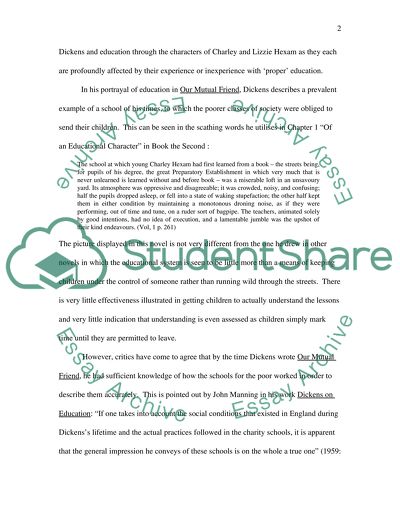Cite this document
(“Our Mutual Friend and Victorian Education Essay”, n.d.)
Our Mutual Friend and Victorian Education Essay. Retrieved from https://studentshare.org/literature/1554107-english-literature-theme-essay
Our Mutual Friend and Victorian Education Essay. Retrieved from https://studentshare.org/literature/1554107-english-literature-theme-essay
(Our Mutual Friend and Victorian Education Essay)
Our Mutual Friend and Victorian Education Essay. https://studentshare.org/literature/1554107-english-literature-theme-essay.
Our Mutual Friend and Victorian Education Essay. https://studentshare.org/literature/1554107-english-literature-theme-essay.
“Our Mutual Friend and Victorian Education Essay”, n.d. https://studentshare.org/literature/1554107-english-literature-theme-essay.


